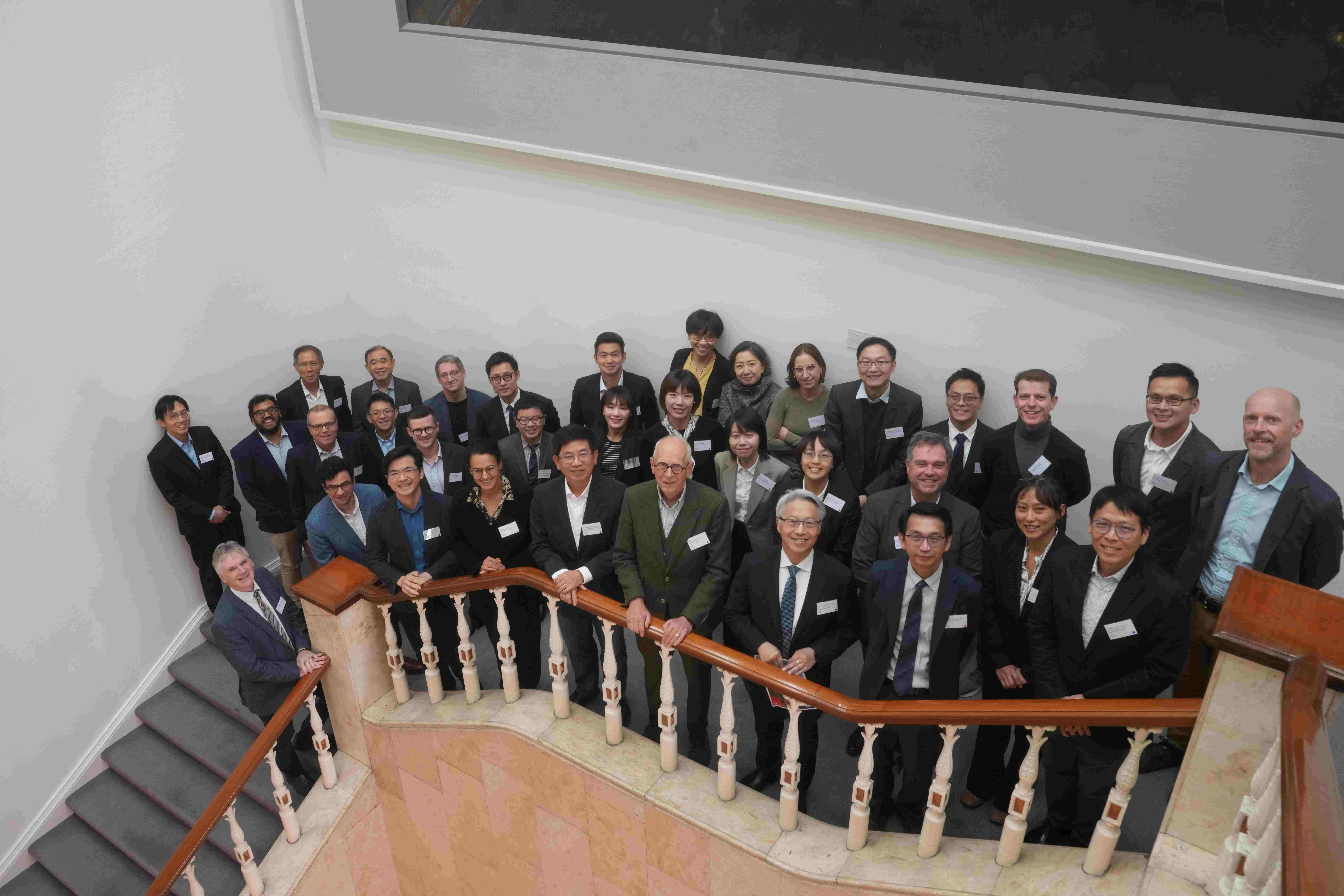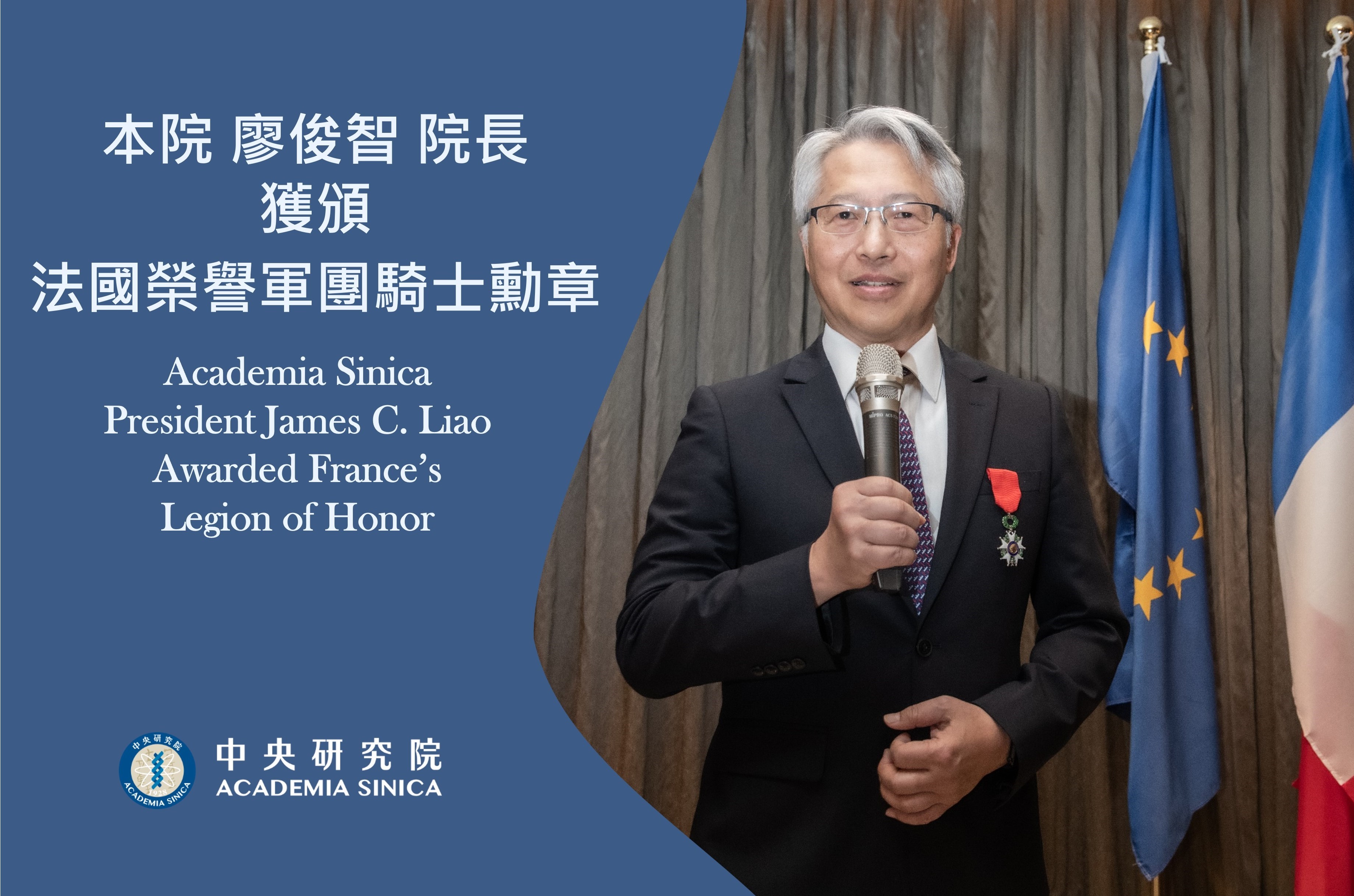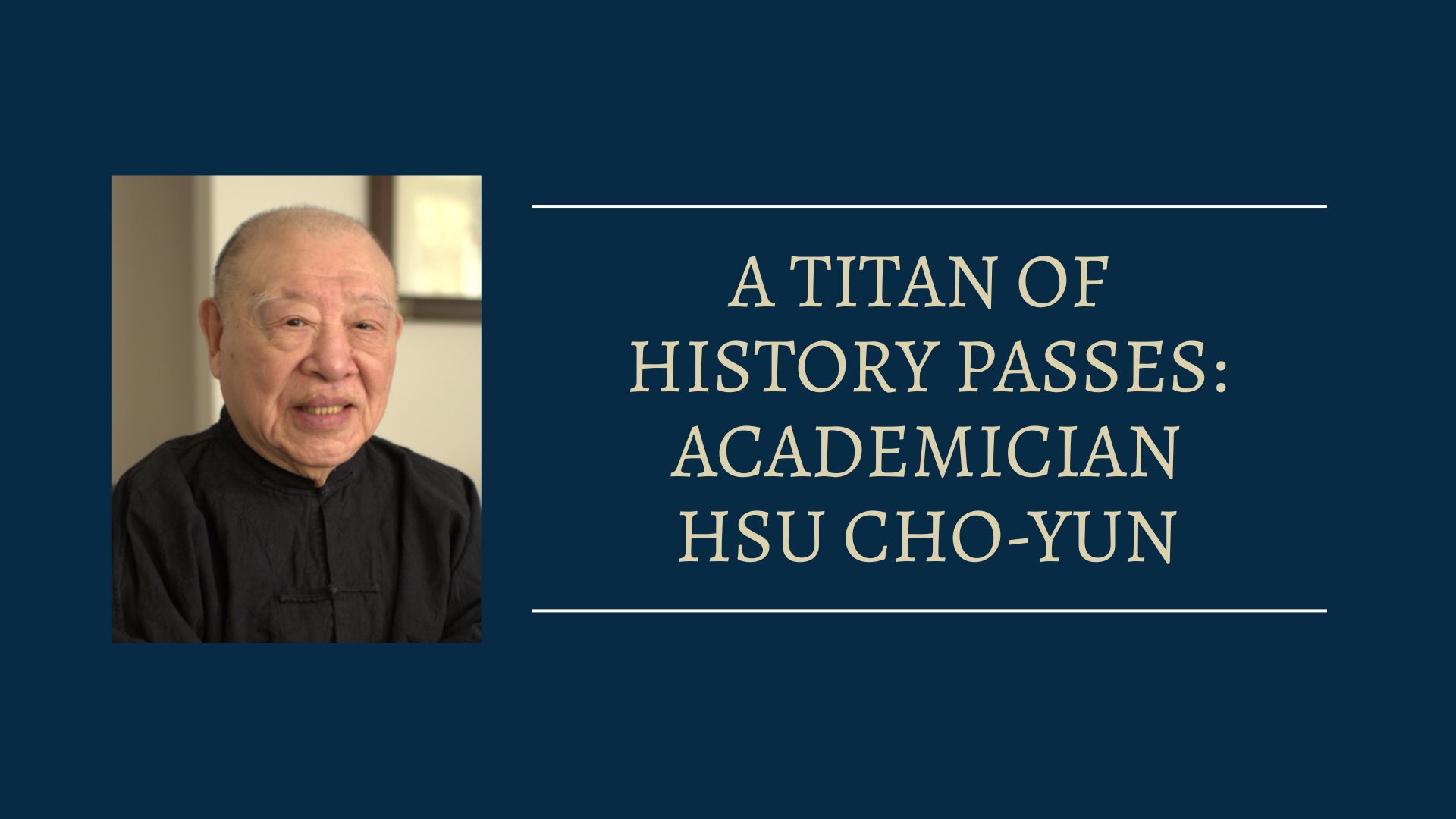Open
11/28/2025 5:54:13 PM
-
-
- Institute of Mathematics
- Institute of Physics
- Institute of Chemistry
- Institute of Earth Sciences
- Institute of Information Science
- Institute of Statistical Science
- Institute of Atomic and Molecular Sciences
- Institute of Astronomy and Astrophysics
- Research Center for Applied Sciences
- Research Center for Environmental Changes
- Research Center for Information Technology Innovation
-
-
- Institute of History and Philology
- Institute of Ethnology
- Institute of Modern History
- Institute of Economics
- Institute of European and American Studies
- Institute of Chinese Literature and Philosophy
- Institute of Taiwan History
- Institute of Sociology
- Institute of Linguistics
- Institute of Political Science
- Institutum Iurisprudentiae
- Research Center for Humanities and Social Sciences
-
-
-

- Address:128 Section 2, Academia Road, Nankang, Taipei 115201, Taiwan
- Phone:+886-2-27822120~9 (10 lines)
- Contact:aspublic@gate.sinica.edu.tw


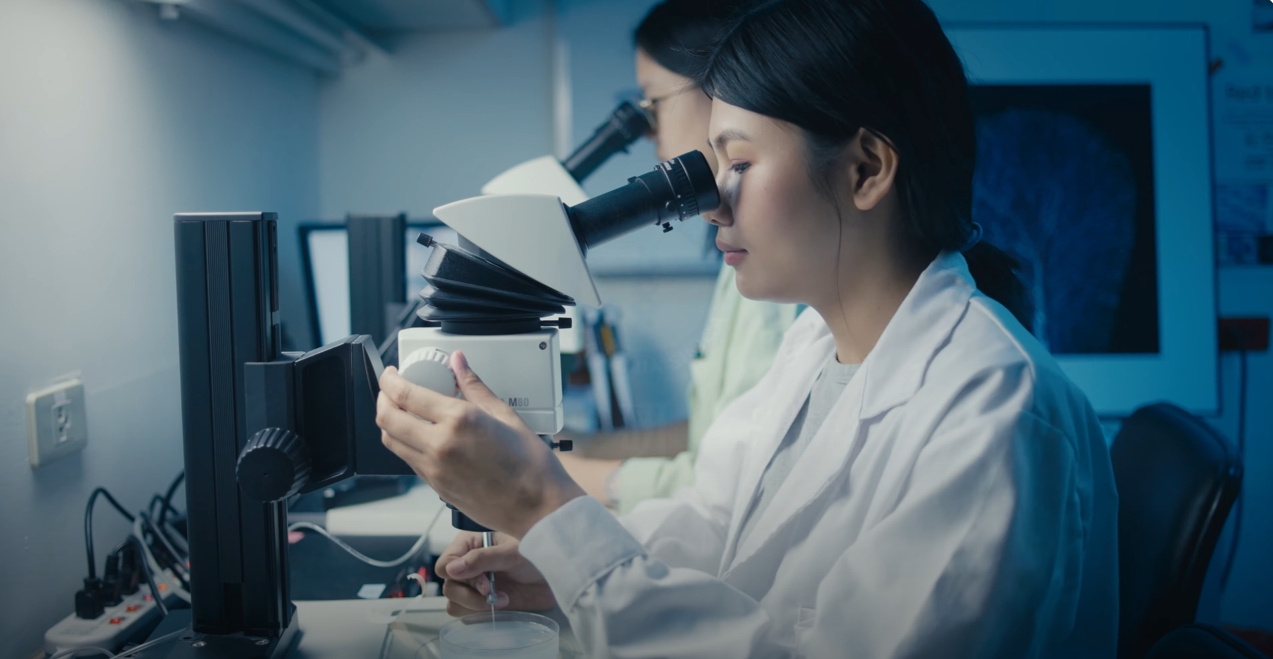
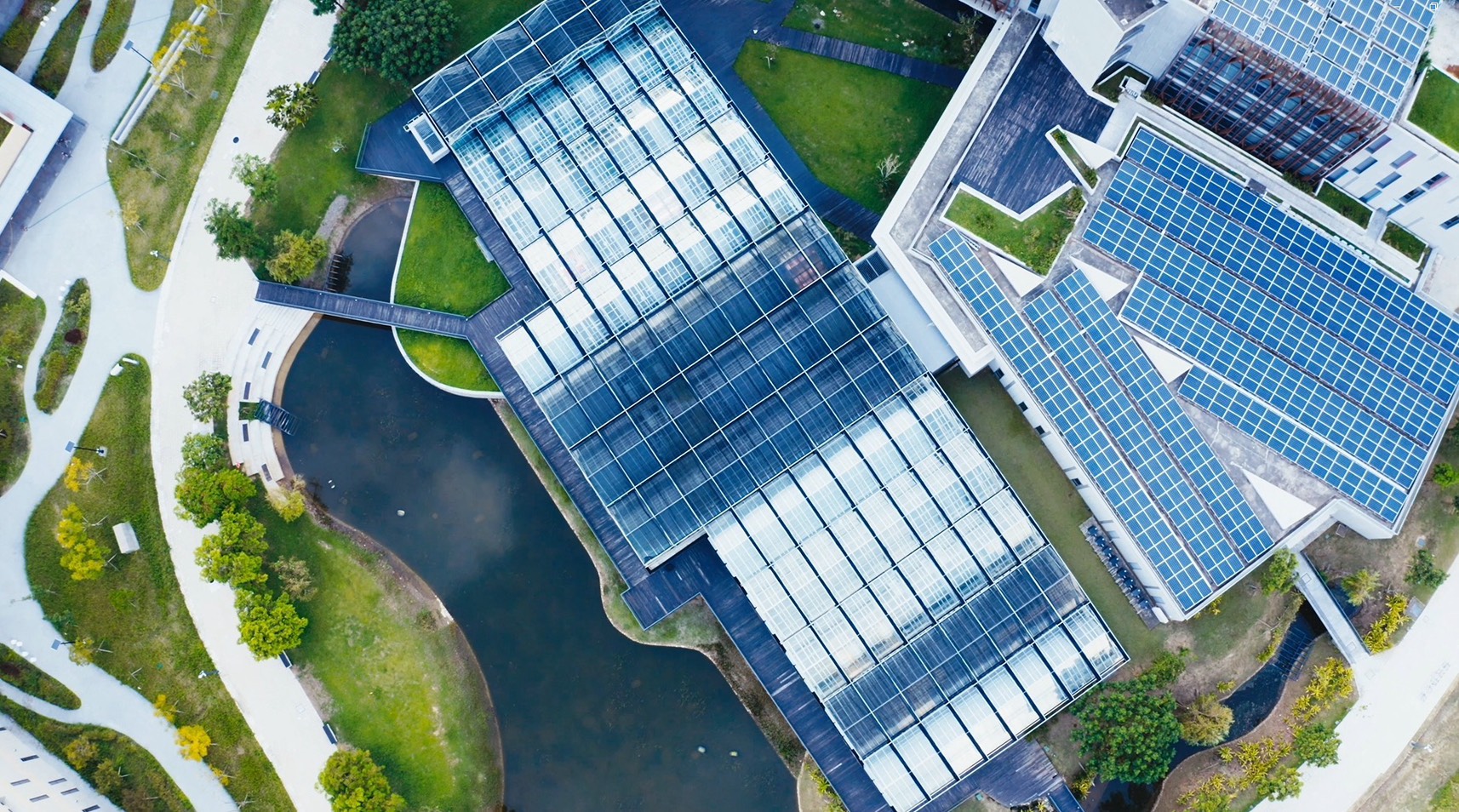

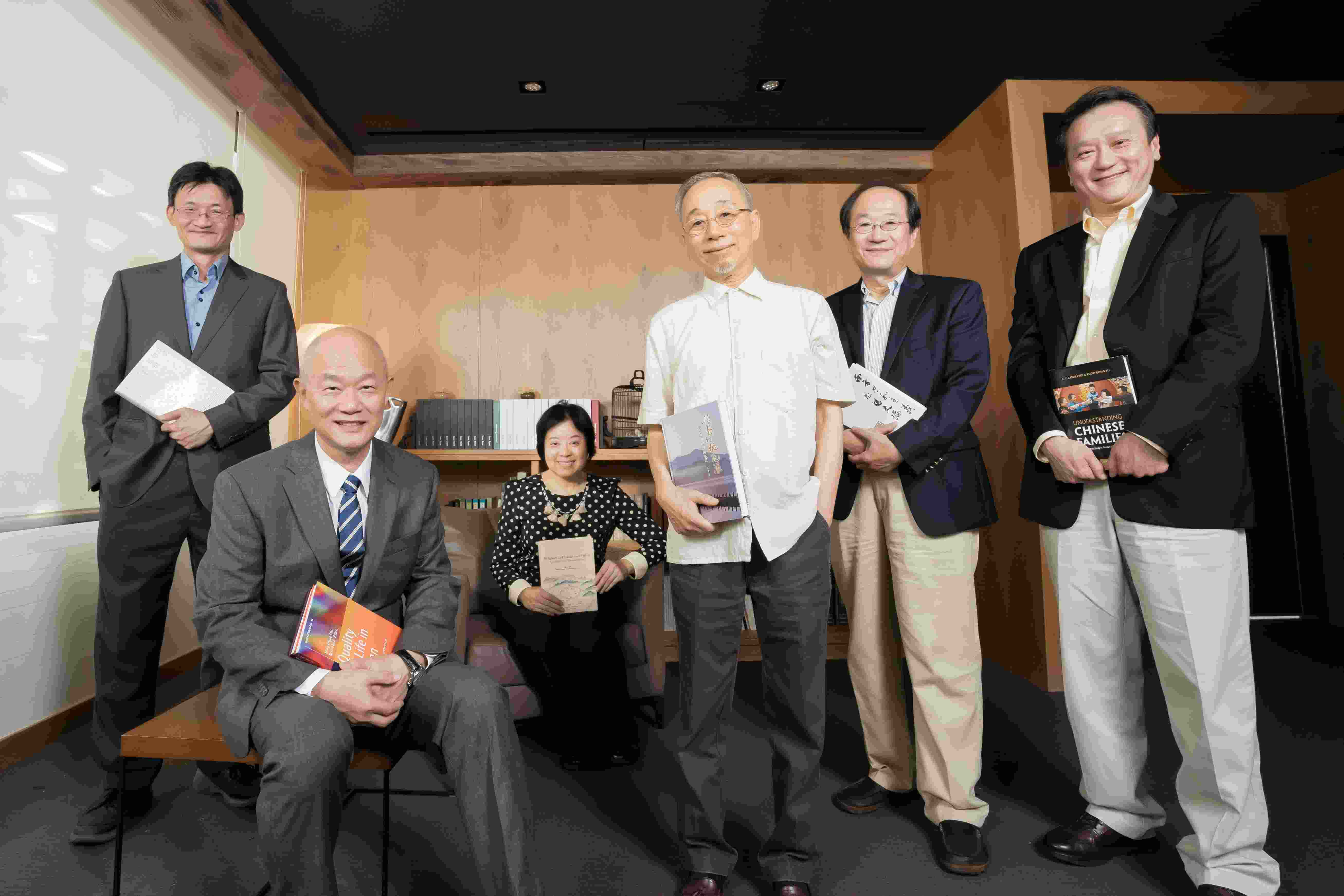



 Home
Home



